Oxyntomodulin and Glicentin: Novel Biomarkers of Gastrointestinal and Metabolic Disorders
Introduction
♦ Oxyntomodulin and Glicentin are secreted from enteroendocrine L-cells and neuronal cells of brain along with glucagon-like peptide-1, glucagon-like peptide-2 and peptide YY.
♦ Oxyntomodulin, which contains the glucagon sequence with a carboxyterminal extension, is a dual agonist of glucagon and GLP-1 receptors
♦ Glicentin, which contains the sequence of oxyntomodulin (and thus also of glucagon) with an N-terminal extension, and its receptor remains unknown
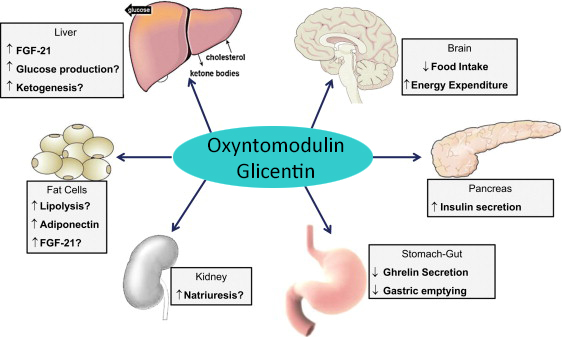
♦ Similar to GLP-1, oxyntomodulin and glicentin has an insulinotropic action and exerts an incretin-like effect.
♦ OXM and glicentin inhibits food intake and stimulates energy expenditure in rodents and in human subjects.
♦ GLP-1 has a very short half-life of only 1 to 2 minutes, whereas oxyntomodulin has a circulating half-life of 12 minutes, and the predicted half-life of glicentin is around 30 to 35 minutes
Clinical Studies
Early-stage biomarker for nonalcoholic fatty liver disease (NAFLD)
♦ Circulating levels of GLP-1, GLP-2, glicentin, oxyntomodulin, glucagon, MPGF were measured in individuals with early stage NAFLD , biopsy proven NAFLD and nonalcoholic steatohepatitis [NASH]
♦ Patients in early stages of NAFLD demonstrated higher fasting MPGF and lower incremental increase of glicentin during oral glucose tolerance test than controls.
Best predictors of weight loss after gastric bypass surgery
♦ Postprandial responses of glicentin, oxyntomodulin, GLP-1, peptide YY (PYY), and ghrelin were measured before and 6 months after Roux-en-Y gastric bypass (RYGB) and sleeve gastrectomy (SG).
♦ Enhanced responses of oxyntomodulin and glicentin predicted a greater weight loss and were associated with a larger decrease in energy density. No association between GLP-1 and weight loss
Ansh Labs’ Oxyntomodulin ELISA (AL-139) and Ansh Labs’ Glicentin ELISA (AL-185)
MenoCheck® – FDA cleared as an aid in the determination of menopausal status
Thursday, October 25, 2018 (Webster, TX) – Ansh Labs announced today that it received clearance from U.S. Food and Drug Administration (FDA) for the de novo application of its Anti-Müllerian (AMH) assay kit, picoAMH ELISA, which is sold under the trademark MenoCheck®.
The assay kit is intended for use as an aid in the determination of menopausal status in women between 42 and 62 years of age. This is the first approved AMH test with the sensitivity to quantify declining AMH concentrations in women who are entering their menopausal transition.
Blood levels of AMH have been shown to be highly correlated with the number of primordial follicles in an ovary (i.e., the true ovarian reserve). The number of follicles declines with age, and the natural cause of menopause is the absence of these follicles. MenoCheck was developed to achieve extremely sensitive measurements of AMH providing a significant new parameter to aid physicians in determining the status of women during the menopausal transition.
Presently, menopause is determined retrospectively, since it is clinically defined by the absence of a menstrual cycle (i.e., 12 months of amenorrhea). The duration and intensity of physiological changes or vasomotor symptoms is highly variable among women during the menopausal transition. Determining where a woman is in this process is clinically important.
A sensitive AMH test result will help physicians to understand the symptoms the patient is experiencing and to select an appropriate treatment to ameliorate those symptoms and prevent complications associated with the onset of menopause. For example, determining the onset of menopause at an early age may indicate to the physician the need to investigate the potential for accelerated bone loss leading to osteoporosis. This is a significant health issue in post-menopausal women.
Dr. Courtney Lias, Director of Chemistry and Toxicology Devices at the FDA, writes, “Diagnostic results about a woman’s menopausal status may prompt discussions about preventative care for women experiencing menopausal symptoms. This test, when used in conjunction with other clinical assessments and laboratory findings, can help inform discussions about preventative care, such as ways to help prevent loss in bone mineral density or to address cardiovascular disease, both of which are known to increase after menopause.”
The new picoAMH ELISA device uses well-established chemical principles, methodology, and components for the quantitative determination of AMH in human serum. The specificity of the antibodies, recombinant human AMH used for calibrators, and the enhanced sensitivity of the picoAMH ELISA are advantageous for the intended use of the device as an aid in the determination of menopausal status.
Ansh Labs was founded in 2011. The company is headquartered in Webster, TX. The experienced management and development teams are the leading developers and manufacturers of reproductive endocrine immunoassay test kits that are used around the world. The company is narrowly focused on women’s health in reproduction, pregnancy and cardiometabolic health. Ansh Labs develops biomarkers intended to advance target discovery, therapeutic development, biomedical research, and clinical diagnostics. The company serves life science researchers, physician researchers, hospitals, commercial laboratories, and public health agencies to assist with the research, diagnosis, treatment, and management of diseases.
Histamine elimination ratio (HERO)

Histamine elimination ratio (HERO) ELISA
11.11.2022
As a new instrument for the laboratory diagnostic clarification of DAO inhibition, we offer the determination of the histamine elimination ratio (HERO). This test is a valuable addition to the determination of DAO and histamine and helps to distinguish between DAO inhibition and DAO deficiency.
Histamine elimination ratio (HERO) ELISA (K 8215):
- for the quantitative determination of the level of histamine elimination in serum
- indicates whether the degradation of histamine is disturbed because DAO is inhibited, e.g. due to medications or alcohol
- Matrix: Serum
- Sample volume: 225µl
- Test principle: ELISA
- Tests: 192
Extension of the LC-MS/MS Portfolio
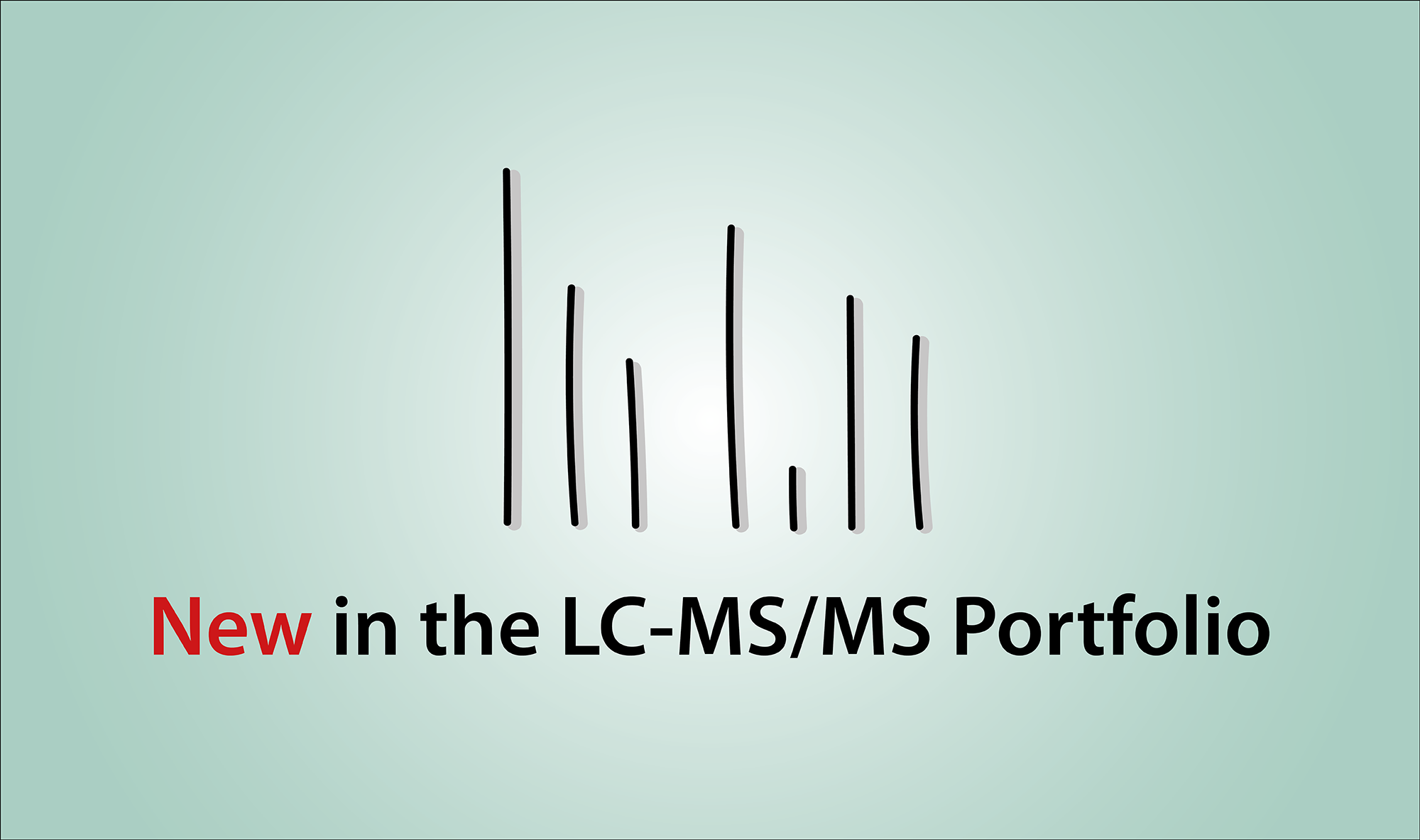
Introducing our latest innovations
29.03.2023
With continuous commitment, IDK develops innovative solutions for LC-MS/MS – a complex analysis process in which we support our customers with service and competence.
Our aim is always to develop innovative products that sustainably improve efficiency in clinics and research with reliable results. In doing so, we use the full potential and valid findings of science, combined with the latest technology, to continuously expand our LC-MS/MS product portfolio for our customers.
In addition to maintaining high quality standards, our innovation approach is therefore particularly tailored to close cooperation with our customers. Together we solve the toughest challenges from tuning to "standard performance" by discovering potential, developing suitable analysis methods and supporting the optimal application in the laboratory.
Discover.
Develop.
Apply.
Discover now in detail the extended IDK® LC-MS/MS portfolio:
- IDK® Metanephrines LC-MS/MS Kit (KM2200)
- IDK® Methylmalonic acid LC-MS/MS Kit (KM3110)
- IDK® Vitamin B1 & B6 LC-MS/MS Kit (KM 5100)
- IDK® Vitamin A & E LC-MS/MS Kit (KM5200)
- IDK® Psychotropic Medication 1 LC-MS/MS Kit (KM6310)
- IDK® Immunosuppressants LC-MS/MS Kit (KM9100)
Boditech Med has obtained the export license of four TDM products
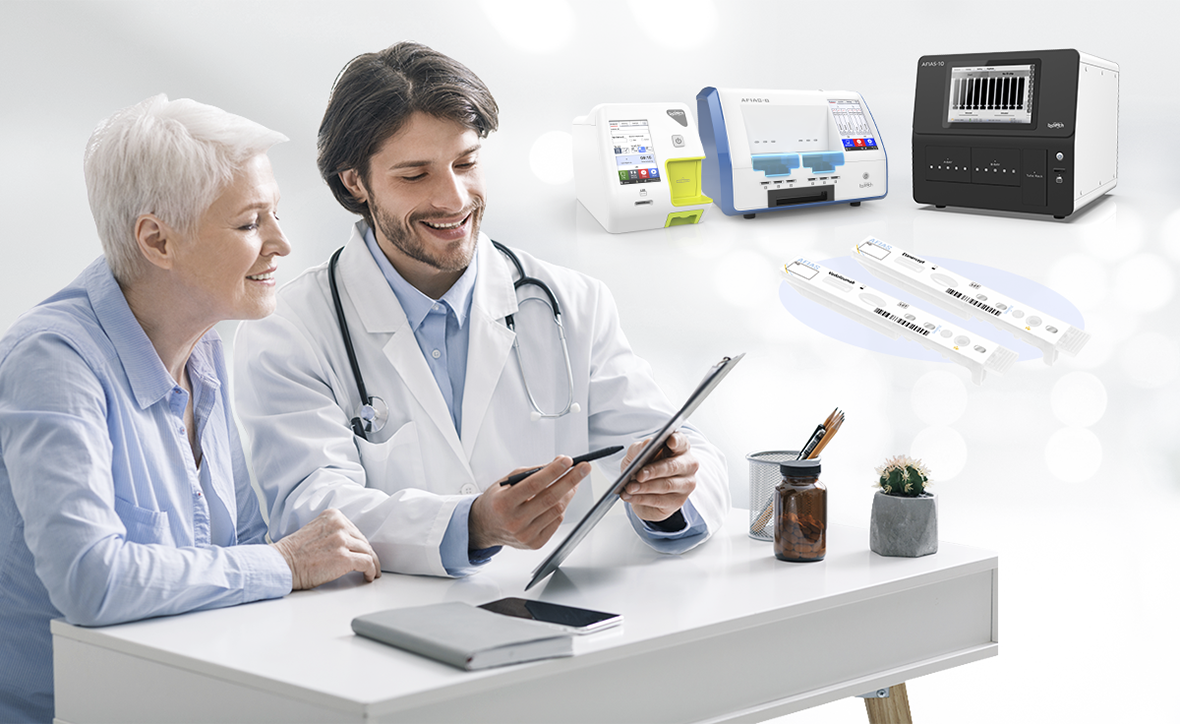
Acquiring export license for Vedolizumab(UC/Crohn’s disease) and Etanercept(RA) by the MFDS
– Expanding its product line to 14 TDM products with export license
– With diverse distribution channels, Boditech Med aims to be a market leader in the global TDM market, estimated to be worth $2.26 billion globally
We are delighted to share the news that Boditech Med is accelerating TDM business and acquired additional export license for four TDM products such as ‘AFIAS Vedolizumab’, ‘AFIAS Free Anti-Vedolizumab’, 'AFIAS Etanercept' and 'AFIAS Free Anti-Etanercept' by MFDS. With this approval, Boditech Med secures 14 TDM products with export license.
Therapeutic drug monitoring (TDM) measures the concentration of drugs and ADA(Anti-drug antibody) formation in patients' blood in order to clarify whether the drug level is within a therapeutic range.
AFIAS Vedolizumab is the TDM product to measure the drug concentration of patients receiving Vedolizumab for moderate to severe ulcerative colitis or Crohn’s disease. AFIAS Free Anti-Vedolizumab is to confirm the presence of ADA as an immunogenic response to Vedolizumab.
AFIAS Etanercept is the TDM product to measure the drug concentration of patients receiving Etanercept for rheumatoid arthritis, Psoriatic arthritis, Ankylosing spondylitis, and Plaque psoriasis. AFIAS Free Anti- Etanercept is to confirm the presence of ADA as an immunogenic response to Vedolizumab.
It is expected that the needs of Entyvio and Enbrel will increase as the increase in the indication and in the number of patients. In addition, the incidence of inflammatory disease has been increasing rapidly due to an aging population which may also increase the demand of TDM products.
The Boditech Med’s TDM products take only 12 mins to get a result, which is very competent as other TDM products take up to three weeks. And the products offer competitive performance compared to lab devices and strengthen user convenience.
It is undeniable that the global therapeutic monoclonal antibody market is a burgeoning market. According to the MarketsandMarkets Research, the TDM market is expected to grow from $2.04 billion in 2020 to $2.6 billion in 2026 at a CAGR of 9.4%.
Boditech Med has been striving to secure a new long-term growth plan with TDM products. Boditech Med obtained export licenses for a total of 14 TDM products for autoimmune and oncology drugs, starting with the export license approval for 'AFIAS Infliximab' in December 2020.
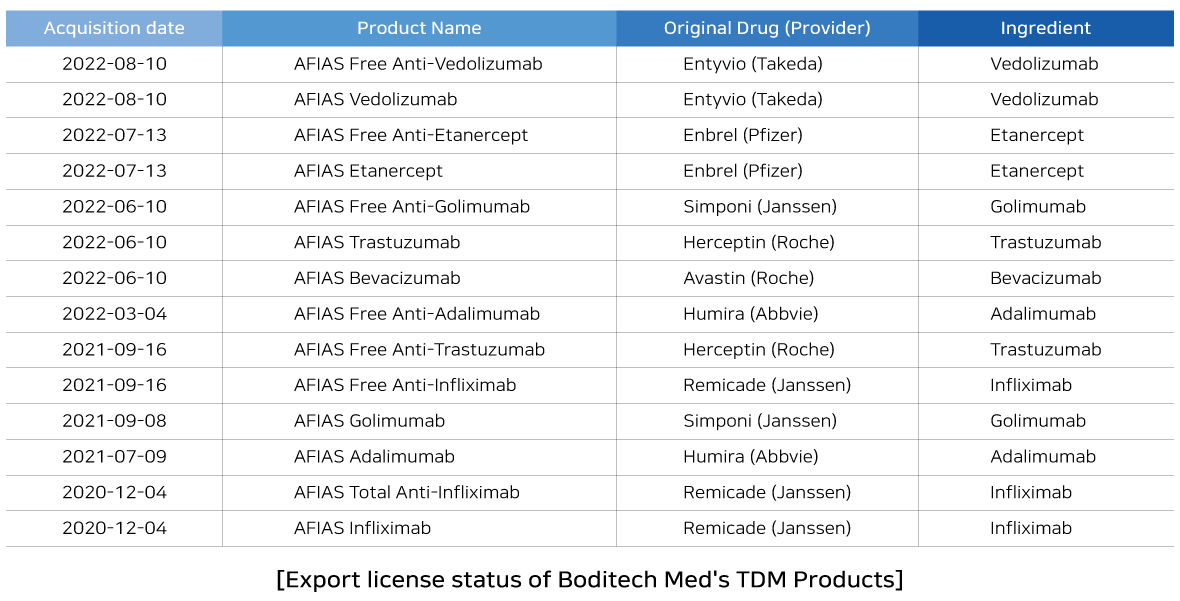
Eui-Yul Choi, CEO of Boditech Med said, “We are accelerating TDM business with this additional approval of the export license. We will drive our business with aggressive marketing promotions and securing diverse distribution channels in order to become a market leader in the TDM market.”
Bronchiolitis diagnosis
Bronchiolitis is a common, seasonal lung infection in young individuals (under 2). The infection involves the lower respiratory tract and can present with signs of mild to moderate respiratory distress.
The early symptoms of bronchiolitis are similar to a cold, such as sneezing, blocked nose, cough and a slightly high temperature of 38°C. Other signs can be breathing more quickly, finding it difficult to eat, noisy breathing (wheezing) or becoming irritable. Symptoms are usually worst between days 3 and 5, and gets better in 3 weeks.
Bronchiolitis is a mild, self-limited infection in the majority of children but may sometimes progress to respiratory failure. Bronchiolitis is managed supportively with hydration and oxygen. No specific medications treat the infection.
During the first year of life, the incidence has been reported to be about 11% to 15%. Depending on the severity of the infection, there are at least 5 hospitalizations for every 1000 children younger than 2 years of age.
The most common virus associated with bronchiolitis is the respiratory syncytial virus (RSV). However, many other viruses have been found to cause the same infection: Influenza virus, Parainfluenza virus, human Rhinovirus, Coronavirus, SARS-CoV-2, human Metapneumovirus, Adenovirus and human Bocavirus. Bacterial origin is less frequent, although bronchiolitis caused by Mycoplasma pneumoniae can be found.
During the second half of November, an increase in influenza syndrome and bronchiolitis has been detected in Spain, especially in children under 15 and 5 years of age, respectively.
VIASURE Real Time PCR Detection Kits can help you in the diagnosis of bronchiolitis:
- VIASURE RSV A+B Real Time PCR Detection Kit
- VIASURE SARS-CoV-2, Flu & RSV Real Time PCR Detection Kit
- VIASURE Parainfluenza Real Time PCR Detection Kit
- VIASURE Rhinovirus + Enterovirus Real Time PCR Detection Kit
- VIASURE Coronavirus 229E + NL63 + OC43 + HKU1 Real Time PCR Detection Kit
- VIASURE Adenovirus, Metapneumovirus & Bocavirus Real Time PCR Detection Kit
- VIASURE pneumoniae, M. pneumoniae & L. pneumophila Real Time PCR Detection Kit
More info through email to: viasure@certest.es
>> Download technical leaflet (.pdf 0,6Mb)
This month, let’s talk about SARS-CoV-2, FLU & RSV
These viruses may rise very similar symptoms, such as fever, cough and headache. For this reason, it is essential to obtain an adequate diagnosis as soon as possible, since in the case of SARS-CoV-2, as it’s an emerging pathogen, it is vital to take containment measures and prevent its spread in the population.
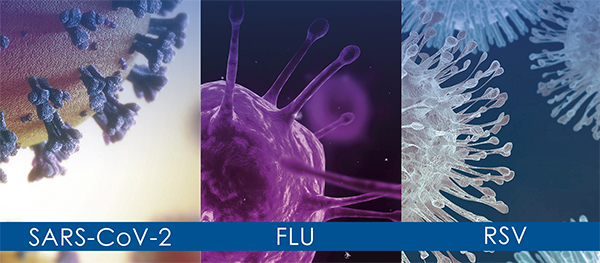
The SARS-CoV-2, Influenza and RSV viruses can affect the entire population in a wide age range, although it is true that the elderly and immunocompromised people are especially at risk of developing serious diseases and complications.
Coronavirus are enveloped non-segmented positive-sense RNA viruses and belong to Coronaviridae family. Human-to-human transmission of the SARS-CoV-2 has been confirmed, even in the incubation period without symptoms. Although the pneumonia is the principal illness associated, a few patients have developed severe pneumonia, pulmonary edema, acute respiratory distress syndrome, or multiple organ failure and death. Centers of Disease Control and Prevention (CDC) believes that symptoms of SARS-CoV-2 may appear in as few as 2 days or as long as 14 days after exposure, being the most common fever or chills, cough, fatigue, anorexia, myalgia and dyspnea.
Influenza viruses belong to the Orthomyxoviridae family and cause the majority of viral lower respiratory tract infections. Influenza A and B are a significant cause of morbidity and mortality worldwide, considering that elderly and immunocompromised individuals are especially at risk of developing severe illness and complications such as pneumonia.
Human respiratory syncytial viruses (RSV) belong to the Paramyxoviridae family and are the most important viral agents of acute respiratory infections. RSV is an enveloped, nonsegmented, negative, single stranded linear RNA genome virus. Respiratory syncytial virus is a common contributor of respiratory infections causing bronchitis, pneumonia, and chronic obstructive pulmonary infections in people of all ages.
Available test for the diagnosis of SARS-CoV-2, Flu & RSV:
Rapid Test:
VIASURE Real Time PCR Detection Kits:
This month, let’s talk about FOB
Bowel cancer screening is a useful preventive measure for the diagnosis of preneoplastic lesions (polyps) and for the detection of invasive neoplasms in early stages.
Colorectal cancer is the second leading cause of illness and death in Western world. The screening with faecal occult blood tests is based on the concept that important target colonic neoplasm, such as early-stage cancer and large adenomatous polyps. Colorectal cancer is also associated with local acute inflammatory reaction being visualized, in some cases, by white cell neutrophil scanning. Haemoglobin is the iron-containing oxygen-transport protein in the red blood cells of all vertebrates that may be leaked into gastrointestinal tract and then discharged with the faeces in gastrointestinal bleeding diseases.
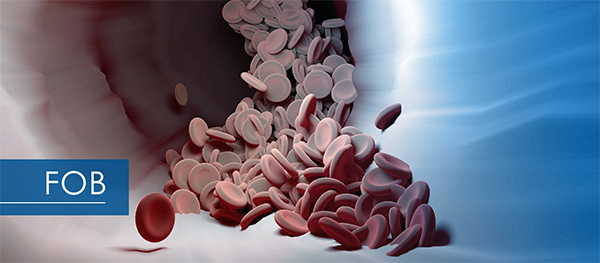
When gastrointestinal blood is lost, the stool will contain a combination of intact or nearly intact haemoglobin, intact heme and heme-derived porphyrins in amounts that depend on the site and amount of bleeding and the transit time through the gut.
Available test for the FOB detection:
- Rapid Test:
- Turbilatex:
- bioSCIENCE:
MT-16F22 Anti-Haemoglobin Mab (clone F22) (x1mg)
MT-16F52Anti-Haemoglobin Mab (clone F52) (x1mg)
MT-29HHBHuman Haemoglobin protein (native extract) (x1mg)
This month, let’s talk about Legionella pneumophila
Legionella pneumophila was first recognized as a disease entity from a pneumonia outbreak at a 1976 Convention of the American Legion in Philadelphia. This species accounts for up to 90% of legionellosis cases, which includes both legionnaires’ disease (LD) and Pontiac fever. Legionnaires’ disease presents as a pneumonia with severe multisystem involvement. Additional non-specific symptoms include fever, non-productive cough, myalgias, dyspnea and diarrhea, and neurological findings such as headache and lethargy. Pontiac fever is also characterized by malaise, myalgia, and fever; but it is a milder non-pneumonic infection.
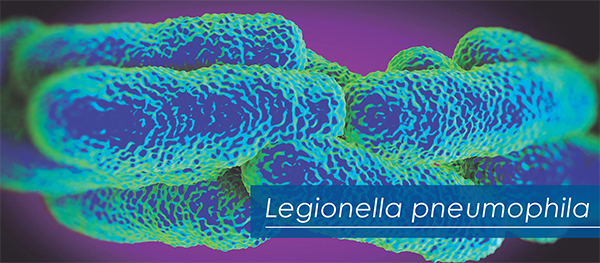
Legionellae are aerobic gram-negative bacteria associated with respiratory infections. To date, more than 50 Legionella species with 70 serogroups are known, many of which cause disease in humans. Legionella pneumophila is the most common pathogenic species and comprises at least 16 different serogroups. Among them, serogroup 1 (sg1) alone has been recognized as the most important agent.
Legionellae are ubiquitous in environmental water sources and may cause sporadic as well as epidemic cases, which can be nosocomial, community-acquired and travel-associated. Aerosol-generating systems such as faucets, showerheads, whirlpools, cooling towers, and nebulizers aid in the transmission of Legionella from water to air. Afterwards, human inhalation or aspiration of contaminated water droplets into the lower respiratory tract leads to Legionella infections and disease outbreaks.
Available test for the Legionella pneumophilla detection:
- Rapid Test:
- bioSCIENCE:
- VIASURE:
This month, let’s talk about Calprotectin
Calprotectin is a neutrophil cytosolic protein with antimicrobial properties, which is present at increased concentration in stool samples during bowel inflammation. The stability of the protein to degradation keeps it stable in faeces for up to 7 days at room temperature, making it an ideal analyte.
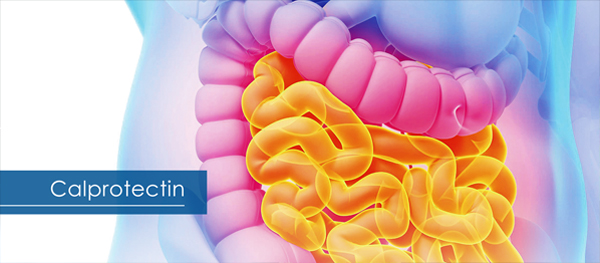
Calprotectin is released by activation of leukocytes, giving increased levels in plasma, cerebral spinal fluid, synovial fluid, urine or stools as a consequence of disease in the relevant organ(s). Calprotectin inhibits zinc-dependent enzyme systems, as a result kills microbes and induces apoptosis in normal and cancer cells.
In the presence of calcium, calprotectin is remarkably resistant to protelolytic degradation and so is stable in stools kept at room temperature for 7 days. This is a non-invasive marker of intestinal inflammation (for example in Ulcerative Colitis (UC) and Crohn’s Disease (CD).
Available test for the diagnosis of Calprotectin:
CerTest Turbilatex:
CerTest Rapid Test:
- Calprotectin Card Test
- Calprotectin 50 + 200 Combo Card
- Calprotectin + Lactoferrin Combo Card
- FOB+Transferrin+Calprotectin+Lactoferrin Combo Card
CerTest bioSCIENCE. For human Calprotectin detection:
Rheumatoid Awareness Day: It Is Also An Immune System Disease
Rheumatoid Awareness Day, initiated by the Rheumatoid Patient Foundation, is held every year on February 2, to raise awareness for patients with rheumatoid arthritis.
Rheumatoid arthritis (RA) is a chronic systemic autoimmune disease that primarily affects the joints. The joint destruction in rheumatoid arthritis is mediated by cytokines, chemokines and metalloproteinases. Symmetric peripheral arthritis (e.g., wrist and metacarpophalangeal joints) is the main feature of rheumatoid arthritis, with progressive destruction of affected joint structures and often associated with systemic symptoms. Diagnosis relies on specific clinical manifestations, laboratory tests and imaging features. Treatment includes medications, functional exercises, and sometimes surgery. Anti-rheumatic drugs that improve the condition help control symptoms and slow disease progression.
Rheumatoid arthritis is distributed worldwide, with a prevalence of 0.1% to 1.9% in different populations. Rheumatic disease has become a major disease that causes labor loss. But in fact, joint disease is not terrible, as long as early detection, early treatment, and the use of correct medical methods, patients with rheumatoid disease can completely recover.
Diagnosis
Clinical criteria
Ø Serum rheumatoid factor (RF), anti-cyclic citrullinated peptide antibodies (anti-CCP antibodies), ESR or C-reactive protein (CRP)
Ø X-rays
Many diseases can have similar manifestations to rheumatoid arthritis, such as systemic lupus erythematosus (SLE), nodular disease, reactive arthritis, psoriatic arthritis, ankylosing spondylitis, and hepatitis C-associated arthritis. RF is not specific and can also be present in some other autoimmune diseases; anti-CCP antibodies are more specific for rheumatoid arthritis. For example, in hepatitis C-associated arthritis, the clinical picture is similar to that of RA, and RF can be positive, but anti-CCP antibodies are negative.
Treatment
Ø Supportive treatment (e.g., smoking cessation, nutrition, rest, physical therapy, and pain management)
Ø Anti-rheumatic drugs to improve condition
Ø NSAIDs for analgesia as needed
Treatment includes a balance of rest and exercise, adequate nutrition, physical therapy and medication, and sometimes surgery.
YHLO provides rheumatoid arthritis screening on the chemiluminescence (CLIA) platform, and also provides a series of autoimmune disease screening programs such as systemic lupus erythematosus and scleroderma. YHLO also has an erythrocyte sedimentation rate (ESR) platform to jointly assist the early accurate screening and treatment monitoring of rheumatoid arthritis.
World Osteoporosis Day 20 October 2021: Take Action for Bone Health
World Osteoporosis Day is observed annually on 20 October, and launches a year-long campaign dedicated to raising global awareness of the prevention, diagnosis and treatment of osteoporosis and metabolic bone disease. We should insist on early prevention from lifestyle, and middle-aged and elderly people should be diagnosed and treated early. Pain, hunchback, reduced height and fractures are characteristic manifestations of osteoporosis, but there are many patients with osteoporosis who often have no obvious sensation in the early stages of the disease. Fractures are a direct consequence of osteoporosis, affecting the function of the body in mild cases and causing disability or even death in severe cases, with common fracture sites being the thoracolumbar spine, hip and arm.
Osteoporosis is a chronic disease that can be prevented and treated. The first step is to have a balanced diet, increase the intake of calcium and moderate amount of protein in the diet, and have a low salt diet. Calcium intake has an irreplaceable role in the prevention of osteoporosis. Smoking, alcoholism, excessive intake of caffeine and carbonated beverages can increase the risk of osteoporosis. The next step is to exercise in moderation. Exercise can make bones stronger and also help to enhance the body's responsiveness, improve balance and reduce the risk of falls. The middle-aged and elderly population also need proper physical exercise, which helps improve muscle strength and osteoporosis prevention. Furthermore, it is necessary to increase sunlight exposure. Diet contains limited amount of vitamin D. Regular exposure to sunlight plays a key role in vitamin D production and calcium absorption. Experts recommend that the average normal person needs at least 20 minutes of sunlight per day.
It is never too late to start treatment for osteoporosis at any stage as opposed to no treatment, but early diagnosis and early treatment will greatly benefit. People at risk should go to a regular hospital for osteoporosis testing and diagnosis and treatment as early as possible. It is reported that serum 25OH-vitamin D was lower than 50 nmol/L in 28.4% of the postmenopausal women, and this was associated with a relatively higher serum parathyroid hormone (PTH). Low levels of serum 25OH-vitamin D (<25 nmol/L) were most frequent in some countries of central and southern Europe. Treatment with vitamin D3 and calcium increased serum 25OH-vitamin D and decreased serum PTH significantly, and the effect was greater for lower baseline serum 25OH-vitamin D[1]. Vitamin D enhances intestinal absorption of calcium and phosphate. Low concentrations of vitamin D are associated with impaired calcium absorption, a negative calcium balance, and a compensatory rise in PTH, which results in excessive bone resorption[2]. PTH levels and 25 (OH) vitamin D levels can predict the rate of bone loss in the elderly. YHLO provides osteoporosis screening on Chemiluminescence (CLIA) platform for early diagnosis and timely treatment to prevent fracture risks.
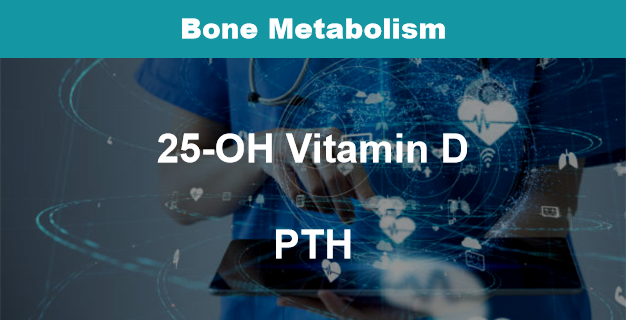
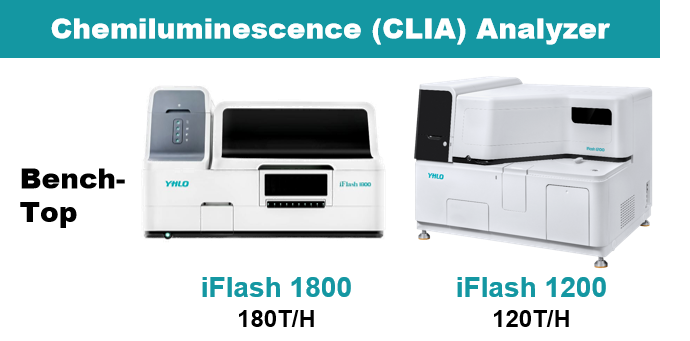
Reference
[1] Lips P, Duong T U, Oleksik A, et al. A global study of vitamin D status and parathyroid function in postmenopausal women with osteoporosis: baseline data from the multiple outcomes of raloxifene evaluation clinical trial[J]. The Journal of Clinical Endocrinology & Metabolism, 2001, 86(3): 1212-1221.
[2] Rosen H N, Rosen C J, Schmader K E, et al. Calcium and vitamin D supplementation in osteoporosis[J]. UpToDate, Waltham, MA.[Accés: 15 de juliol de 2014], 2017.
Bronchiolitis diagnosis
Bronchiolitis is a common, seasonal lung infection in young individuals (under 2). The infection involves the lower respiratory tract and can present with signs of mild to moderate respiratory distress.
The early symptoms of bronchiolitis are similar to a cold, such as sneezing, blocked nose, cough and a slightly high temperature of 38°C. Other signs can be breathing more quickly, finding it difficult to eat, noisy breathing (wheezing) or becoming irritable. Symptoms are usually worst between days 3 and 5, and gets better in 3 weeks.
Bronchiolitis is a mild, self-limited infection in the majority of children but may sometimes progress to respiratory failure. Bronchiolitis is managed supportively with hydration and oxygen. No specific medications treat the infection.
During the first year of life, the incidence has been reported to be about 11% to 15%. Depending on the severity of the infection, there are at least 5 hospitalizations for every 1000 children younger than 2 years of age.
The most common virus associated with bronchiolitis is the respiratory syncytial virus (RSV). However, many other viruses have been found to cause the same infection: Influenza virus, Parainfluenza virus, human Rhinovirus, Coronavirus, SARS-CoV-2, human Metapneumovirus, Adenovirus and human Bocavirus. Bacterial origin is less frequent, although bronchiolitis caused by Mycoplasma pneumoniae can be found.
During the second half of November, an increase in influenza syndrome and bronchiolitis has been detected in Spain, especially in children under 15 and 5 years of age, respectively.
VIASURE Real Time PCR Detection Kits can help you in the diagnosis of bronchiolitis:
- VIASURE RSV A+B Real Time PCR Detection Kit
- VIASURE SARS-CoV-2, Flu & RSV Real Time PCR Detection Kit
- VIASURE Parainfluenza Real Time PCR Detection Kit
- VIASURE Rhinovirus + Enterovirus Real Time PCR Detection Kit
- VIASURE Coronavirus 229E + NL63 + OC43 + HKU1 Real Time PCR Detection Kit
- VIASURE Adenovirus, Metapneumovirus & Bocavirus Real Time PCR Detection Kit
- VIASURE pneumoniae, M. pneumoniae & L. pneumophila Real Time PCR Detection Kit
More info through email to: viasure@certest.es
